The challenge of decline
Through the process of construction and development, Ho Chi Minh City has affirmed its position in the national socio -economic situation. The City's economic growth rate has been maintained high and stable, gradually forming growth poles. This positive result reflects the efforts and determination of the City's government and people.
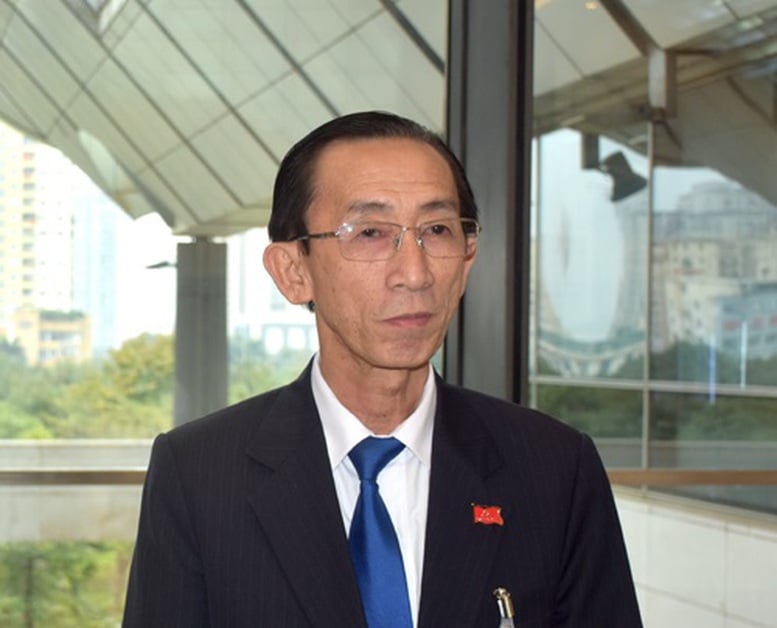
Associate Professor, Dr. Tran Hoang Ngan acknowledged that the city's potential and advantages have not been effectively exploited - Photo: VGP
However, according to Associate Professor, Dr. Tran Hoang Ngan, the City's potential and advantages have not been effectively exploited. Increasing competition from localities in attracting investment has reduced the City's superiority, driving force and leading role in the region and the country. At the same time, problems with overloaded traffic infrastructure, high tides, and new difficulties are still major bottlenecks hindering sustainable development.
These challenges are even greater as the City holds its 11th City Party Congress. Ho Chi Minh City not only has to focus on removing bottlenecks but also faces an unprecedented challenge - the COVID-19 pandemic.
In the period of 2020-2021, the City was the most severely affected locality because 62% of economic activities depended on trade and services. In 2021, the City's economy fell into recession, with negative growth of 4.1% - the biggest shock in nearly 40 years of renovation. However, thanks to the close leadership and direction of the Central Government, support from localities and the determination of the political system, medical staff, businesses and people, Ho Chi Minh City has overcome this unprecedented difficult period.
In 2022, the City gradually recovered and regained growth momentum, but in early 2023, it continued to face many new challenges from the world economic context and domestic backlogs. Serious economic cases and disciplinary actions against a number of leaders have significantly affected the psychology and decisions of the management team. However, with its determination, will and determination, Ho Chi Minh City has overcome the "headwind", achieving growth of 5.81% in 2023 and 7.2% in 2024.
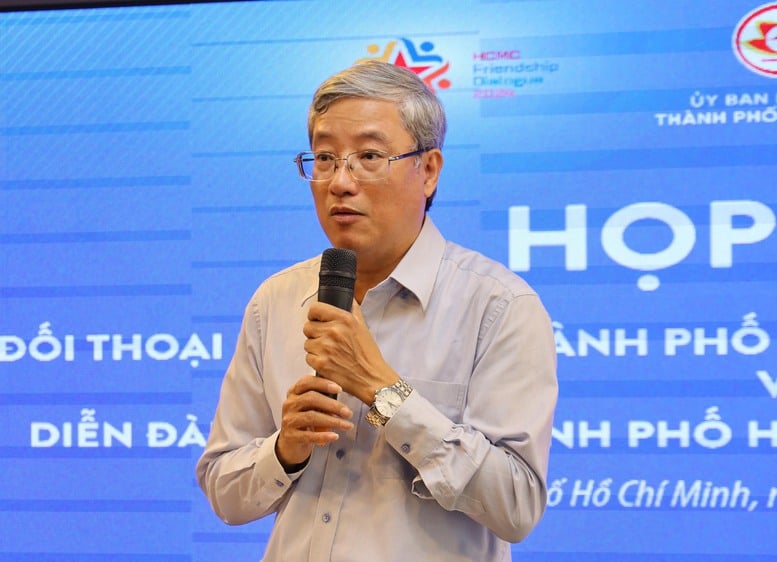
Mr. Pham Binh An, Deputy Director of the Ho Chi Minh City Institute for Development Studies, acknowledged that in recent times, the position and central role of Ho Chi Minh City compared to the whole country has not been commensurate and has tended to decline.
Mr. Pham Binh An, Deputy Director of the Ho Chi Minh City Institute for Development Studies, acknowledged that in recent times, the position and central role of Ho Chi Minh City compared to the whole country have not been commensurate and have tended to decline. The economic proportion of Ho Chi Minh City compared to the whole country is gradually decreasing, the number of large enterprises but most of them are small and medium enterprises (97%), competitiveness is not high. The export proportion is also decreasing rapidly, accounting for only 12% of the whole country in 2023, while industry only accounts for 19% of GRDP (lower than the national average of 32%).
More worryingly, in recent years, the City's economy has developed in breadth, so the growth momentum has gradually dried up. Industrial infrastructure is limited and cannot meet this development direction; the area of industrial land in Ho Chi Minh City is 5,921 hectares, accounting for only 2.81% of the whole country, with increasingly expensive land prices.
Therefore, Ho Chi Minh City needs to restructure the economy or transform industry with the connotation of dual transformation and upgrading the value chain, developing core industries, thereby finding new growth drivers.
Mr. Pham Binh An assessed that economic restructuring and growth are considered one of the leading solutions of Ho Chi Minh City in the period of global economic integration. This transformation is in the right direction according to the orientation of the Government and the Ho Chi Minh City People's Committee, and is also a stepping stone for the City to gradually become a commercial, scientific and technological center of the region.

According to Dr. Tran Du Lich, Chairman of the Advisory Council for the implementation of Resolution No. 98: The flow of the new era - the era of national growth is an opportunity for Ho Chi Minh City to consolidate and enhance its position and role in the country and affirm its commensurate position in the region and the world - Photo: VGP
Policy breakthrough
According to Dr. Tran Du Lich, Chairman of the Advisory Council for the implementation of Resolution No. 98, in addition to the consequences of the COVID-19 pandemic and the long-standing shortcomings and inadequacies, Ho Chi Minh City is still facing many challenges to overcome. However, the City is also facing a great opportunity to rise up with the whole country in the new era of the nation.
According to Mr. Lich, the Central Government is providing special support to the City to make a breakthrough in removing two inherent bottlenecks: traffic infrastructure and the management mechanism of a megacity.
The mechanism of expanding decentralization and delegation of power according to the motto "locality decides, locality acts and locality is responsible" through many resolutions and conclusions of the Politburo, resolutions of the National Assembly, decrees of the Government, decisions of the Prime Minister... has been forming a complete legal framework for the Ho Chi Minh City urban government to proactively manage and mobilize resources for development investment; arousing the tradition of dynamism and creativity of the people of the City.
In fact, the inadequacy in the management model of a "special" city like Ho Chi Minh City has been pointed out since the first half of the 2000s, with the very easy-to-understand image that "The city is wearing a shirt that is too tight for its rapidly growing body".
From there, the construction of a model of urban government of Ho Chi Minh City was raised, accordingly the City proactively built a Project to submit to the Politburo. Up to now, some ideas in this Project have been institutionalized and the model of urban government of the City is being implemented according to the Law on Organization of Local Government.
In particular, on December 30, 2022, the Politburo issued Resolution No. 31, orienting the development of Ho Chi Minh City to 2030, with a vision to 2045. This is also an important political basis for the National Assembly to pass Resolution No. 98 with 44 specific mechanisms and policies in 7 key areas, from investment management, finance, budget to science and technology, innovation and government apparatus organization. This is considered an important step forward, helping Ho Chi Minh City remove institutional barriers, creating momentum for breakthroughs in the new period.
"The resolutions have laid the foundation and important premise to help the City mobilize social resources, maximize potential and advantages to continue to be the nucleus, the growth pole of the whole country, towards development on par with major cities in the world, have a position in the Southeast Asia and Asia regions and improve the quality of life of the people to be better and happier - for the whole country, with the whole country", Associate Professor, Dr. Tran Hoang Ngan assessed.
Mr. Pham Binh An, Deputy Director of the Ho Chi Minh City Institute for Development Studies, said that in the coming time, the City needs to continue to actively focus on reviewing and perfecting the socialist-oriented market economic institution, meeting practical requirements and improving the effectiveness and efficiency of implementation, creating a driving force for development.
At the same time, it is necessary to strengthen the assignment, decentralization, delegation of authority, and authorization according to the provisions of law, individualize responsibilities associated with inspection, supervision, control of power, and reasonable allocation of resources. Minimize delays in implementation to increase the effectiveness of policy impact.
According to Dr. Tran Du Lich, the goal of Ho Chi Minh City by 2030 is to achieve an average GRDP per capita of about 14,500 USD. This means that the City must maintain an average GRDP growth rate of 10-11% per year in the period 2026-2030 - a significant challenge.
However, entering 2025 with the high political determination of the Party and Government in reorganizing the administrative apparatus at all levels, removing the "bottleneck of bottlenecks" in terms of institutions; building a civil service serving development will be an opportunity for Ho Chi Minh City to promote the dynamic and creative tradition of the City's people in the past 50 years of construction and development, effectively mobilizing all resources for development investment, while the City has many untapped and untapped advantages.
"The flow of the new era - the era of national growth is an opportunity for the City to consolidate and enhance its position and role in the country and affirm its corresponding position in the region and the world," Dr. Tran Du Lich acknowledged.
Anh Tho - Khanh Linh
Continued: Lesson 3: Breakthrough to lead
Source: https://baochinhphu.vn/bai-2-dot-pha-cai-cach-khang-dinh-vi-the-dau-tau-kinh-te-102250409105443221.htm


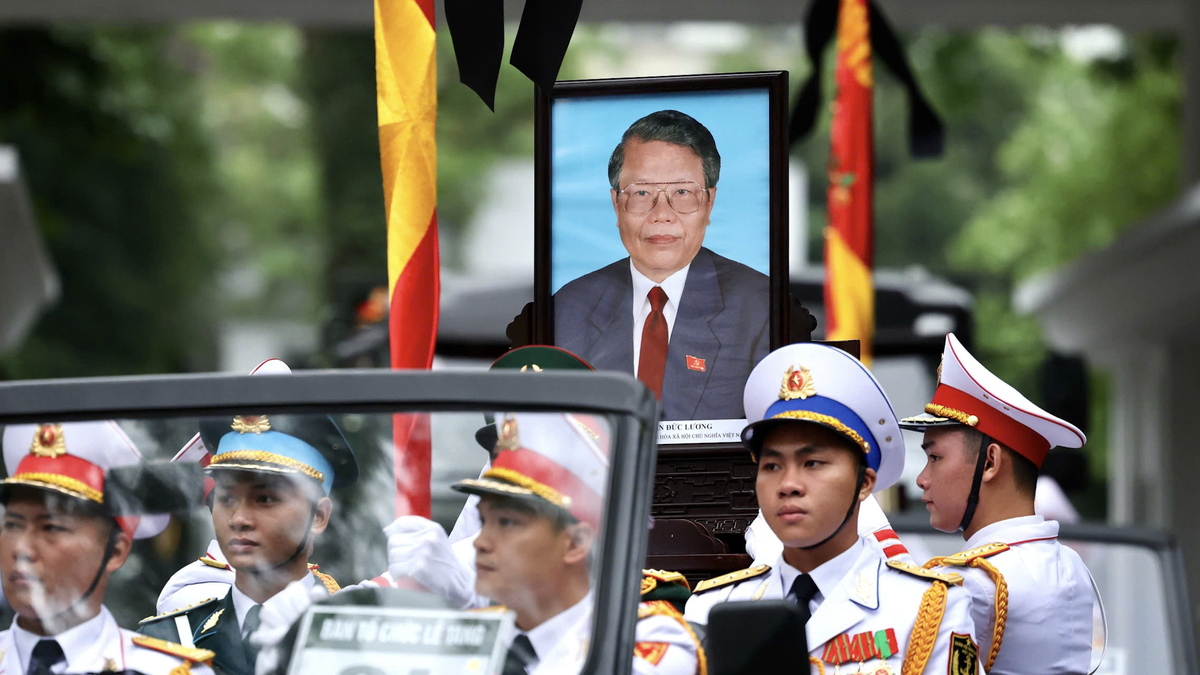
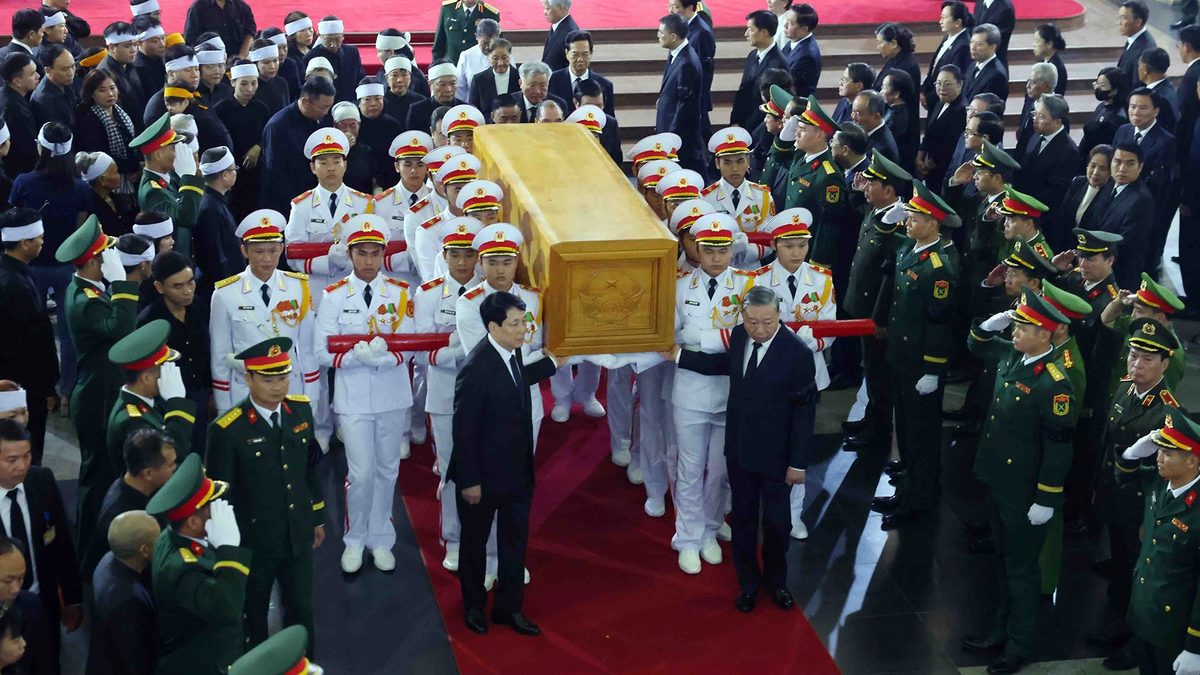
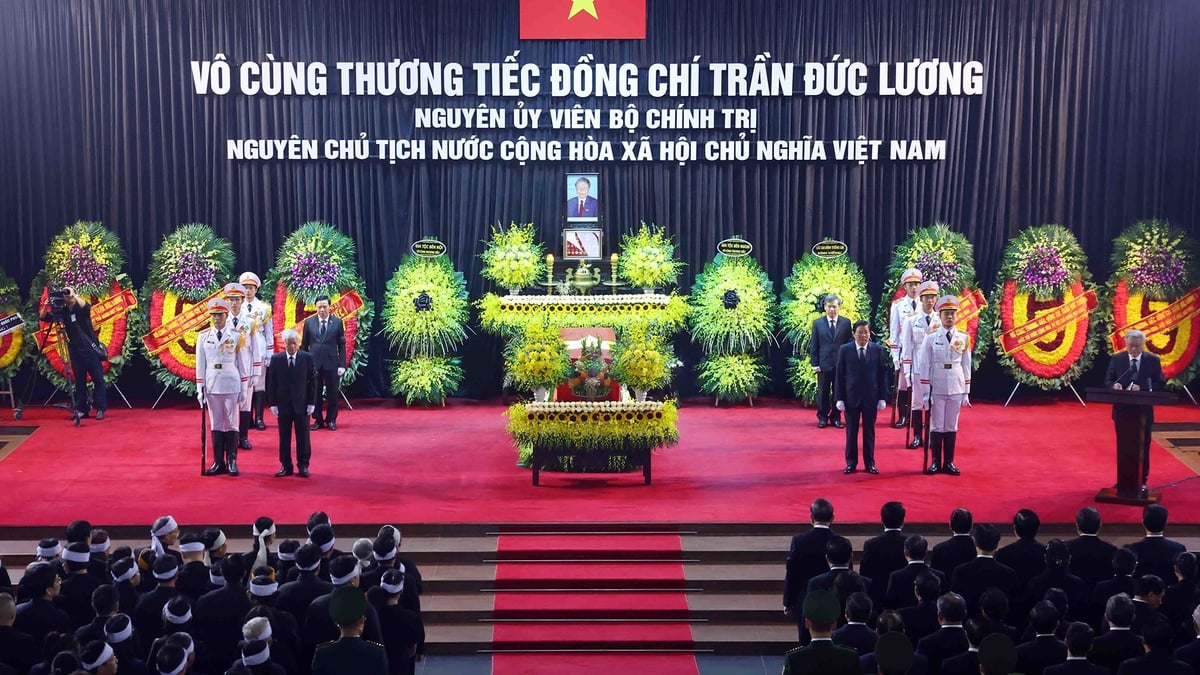
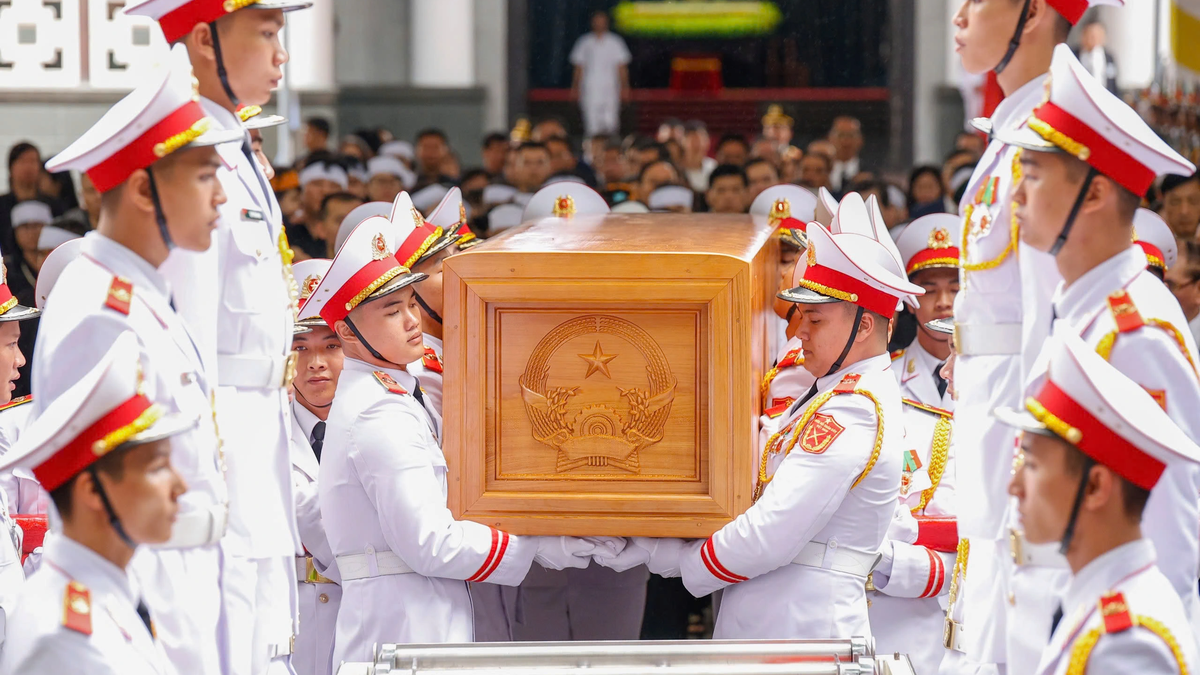
![[Photo] Prime Minister Pham Minh Chinh meets the Vietnamese community in Malaysia](https://vphoto.vietnam.vn/thumb/1200x675/vietnam/resource/IMAGE/2025/5/25/1f11d1256d7745a2a22cc65781f53fdc)
![[Photo] Panorama of the memorial service for former President Tran Duc Luong](https://vphoto.vietnam.vn/thumb/1200x675/vietnam/resource/IMAGE/2025/5/25/d33968481f21434fa9ed0df48b9ecfa9)











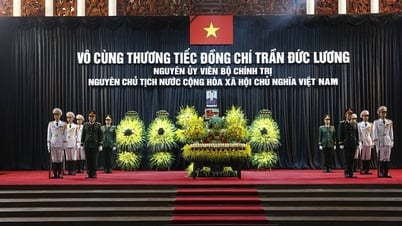







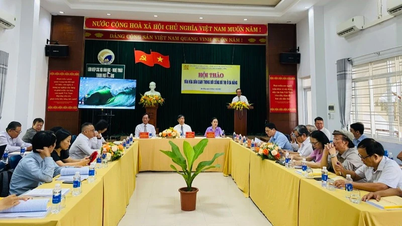






























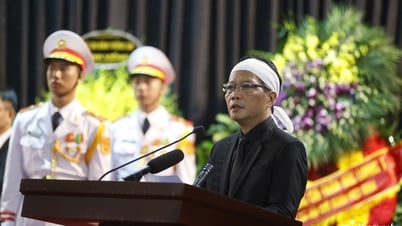

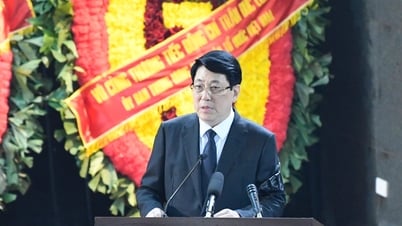











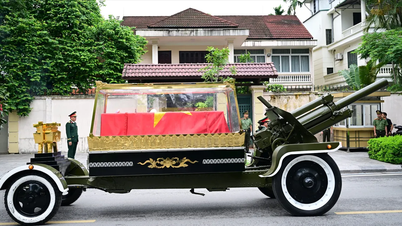














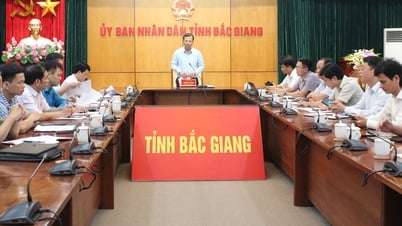



Comment (0)